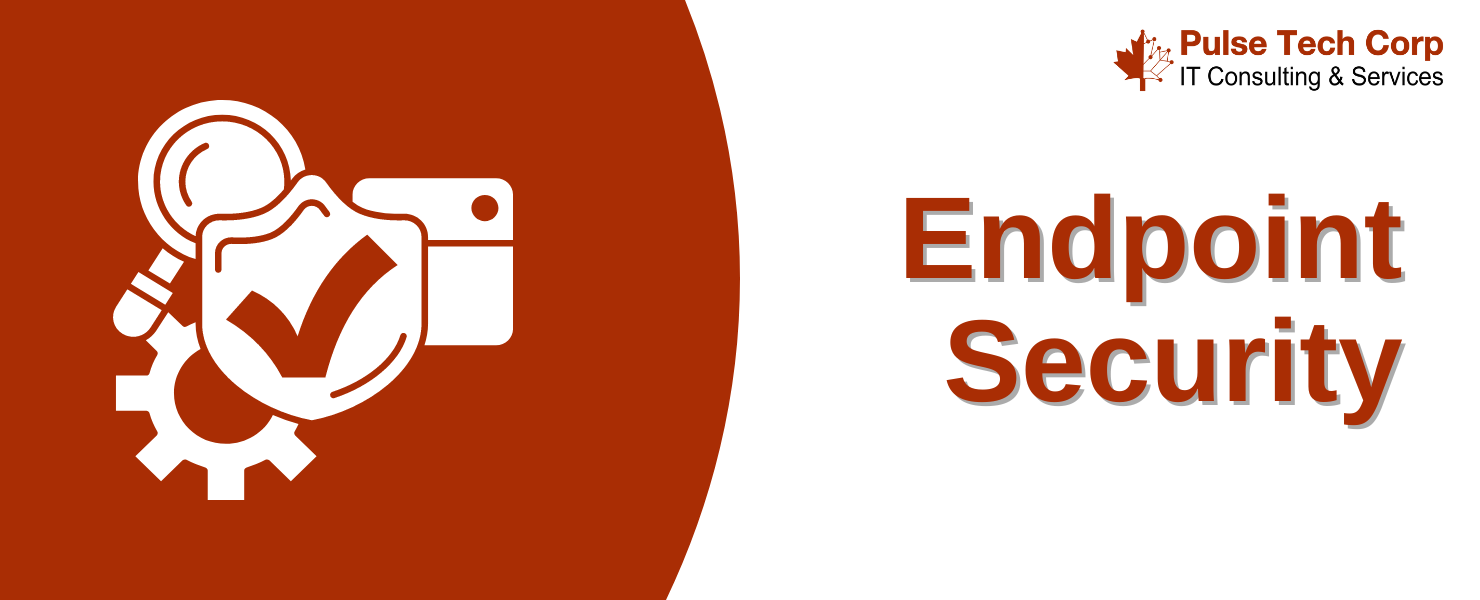Endpoint security
often comes to mind first when people think about protecting their organization from hackers and cyberattacks. It involves ensuring that all possible points of entry into critical systems, applications or physical devices are protected from unwanted visitors who wreak havoc on the larger network. However, endpoint protection is more than just installing anti-virus software or implementing two-factor authentication, as it provides organizations with a way to centrally manage all endpoints regardless of geographical location.
This allows for better visibility and control over all devices connected to the network, including laptops, mobile devices, and even IoT devices. Endpoint security also includes measures such as patch management, vulnerability assessments, and data encryption to prevent unauthorized access or data breaches. By implementing a comprehensive endpoint security strategy, organizations can significantly reduce their risk of cyberattacks and protect their valuable data from theft or compromise. However, it is important to note that endpoint security is not a one-time fix and requires ongoing monitoring and updates to stay ahead of evolving threats.
Regular training for employees on cybersecurity best practices is also crucial, as human error remains one of the biggest threats to endpoint security. Additionally, organizations should consider implementing a zero-trust model, which assumes that every user, device, and network is a potential threat until proven otherwise. This approach ensures that all endpoints are continuously verified and authenticated before being granted access to sensitive data or systems. Overall, endpoint security should be a top priority for all organizations, as the consequences of a successful cyberattack can be devastating both financially and reputationally. By taking a proactive approach and implementing a comprehensive strategy, organizations can minimize their risk and protect their assets from potential threats. In summary, endpoint security is a crucial aspect of cybersecurity that involves various measures such as patch management, vulnerability assessments, and data encryption to prevent unauthorized access or data breaches. It requires ongoing monitoring and updates to stay ahead of evolving threats and regular training for employees on cybersecurity best practices. Implementing a zero-trust model is also recommended to continuously verify and authenticate all endpoints before granting access to sensitive data or systems. Overall, organizations should prioritize endpoint security to minimize their risk and protect their assets from potential threats. Therefore, it is essential for organizations to take a proactive approach and implement a comprehensive strategy to ensure the safety of their data and systems. By doing so, they can minimize the risk of a cyberattack and avoid the devastating consequences that come with it.
In addition, organizations should also consider partnering with a trusted cybersecurity provider to ensure that they have access to the latest technology and expertise in the field. A cybersecurity provider can help organizations identify vulnerabilities and provide recommendations for mitigating risk. They can also provide ongoing monitoring and support to ensure that systems and data remain secure. Ultimately, endpoint security is not something that can be ignored or taken lightly. It requires a concerted effort from all stakeholders within an organization to ensure that data and systems remain safe from potential threats. By prioritizing endpoint security, organizations can avoid the financial and reputational damage that can result from cyberattack and maintain the trust of their customers and stakeholders. It is crucial to stay vigilant and proactive in the ever-evolving landscape of cybersecurity threats. For example, a healthcare organization may partner with a cybersecurity provider to implement multi-factor authentication for their electronic medical records system. This would involve using a combination of something the user knows (like a password) and something they have (like a token or smart card) to access sensitive patient information. The cybersecurity provider could also conduct regular assessments of the organization’s network and devices to identify any vulnerabilities and provide recommendations for strengthening their security measures. However, even with multi-factor authentication and regular assessments, there is no guarantee that an organization will be completely protected from cyber threats. In 2015, the healthcare provider Anthem suffered a massive data breach despite having implemented robust security measures. The breach resulted in the theft of personal information belonging to nearly 80 million
people, highlighting the need for ongoing monitoring and constant adaptation to evolving threats. While it is important to prioritize endpoint security and implement multi-factor authentication and regular assessments, it is impossible to completely guarantee protection against cyber threats.

Organizations must also prioritize employee education and awareness to help prevent human error and ensure that all staff members understand their role in maintaining a secure environment. This can include training on how to recognize phishing emails, the importance of strong passwords, and the risks of using unsecured public Wi-Fi networks. Additionally, organizations should have an incident response plan in place in case of a breach, outlining the steps to take in order to minimize damage and quickly recover. By taking a comprehensive approach to cybersecurity, organizations can reduce their risk of falling victim to cyber threats and protect sensitive data.In conclusion, while implementing robust security measures such as multi-factor authentication and regular assessments are important steps in protecting against cyber threats, they are not foolproof. Ongoing monitoring and adaptation, employee education and awareness, and having an incident response plan in place are also crucial components of a comprehensive cybersecurity approach. By prioritizing these measures, organizations can reduce their risk of data breaches and protect sensitive information.
But let’s be honest, even with all these measures in place, there’s always some hacker out there just waiting for a chance to ruin your day. It’s like playing whack-a-mole, but instead of moles it’s cyber criminals and instead of a mallet you’re armed with a laptop and an endless supply of coffee.
For any questions:
Please get in touch by Phone : 905-488-5400 or
by E-mail : sales@pulsetech.ca
or fill the form below and we will connect back to you.



